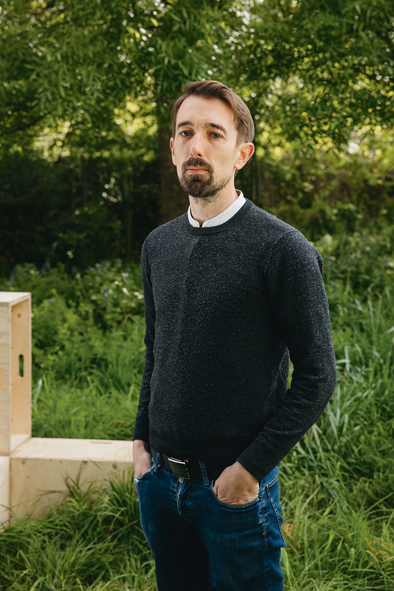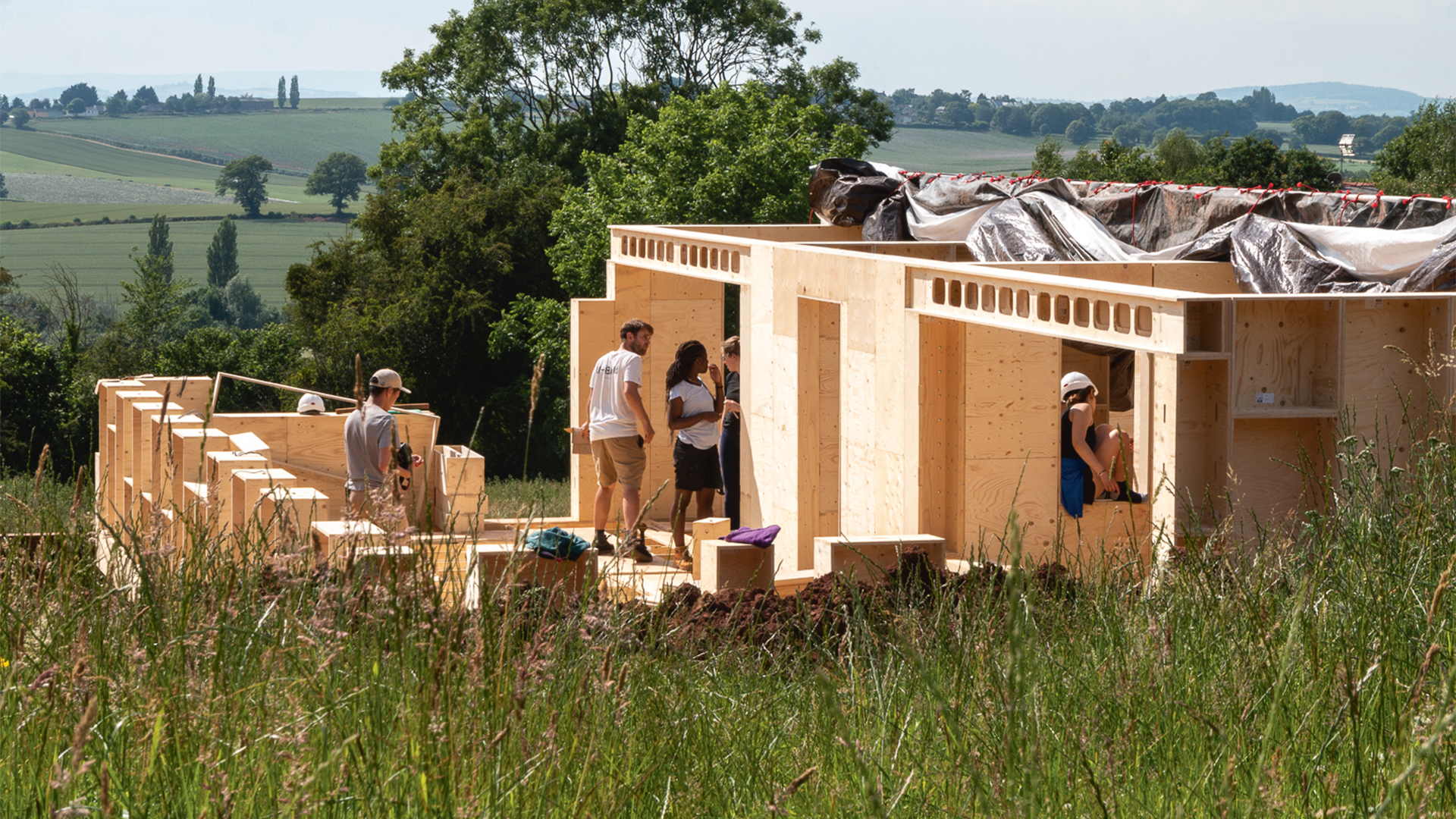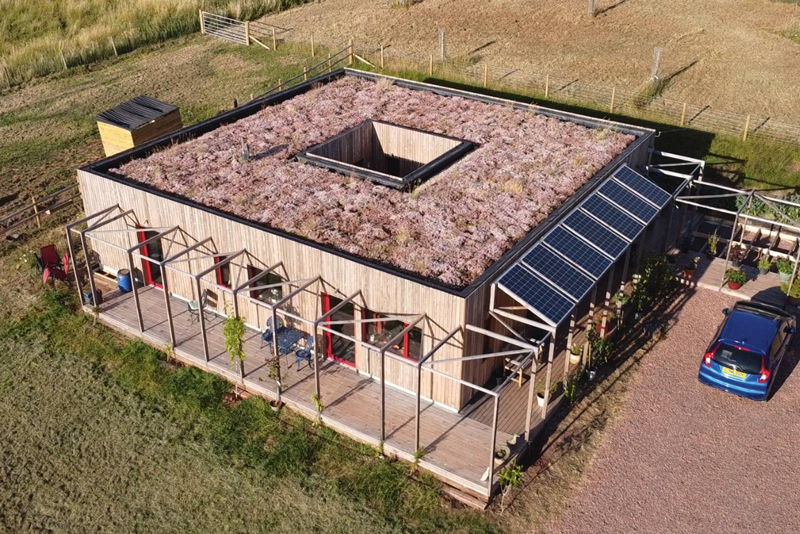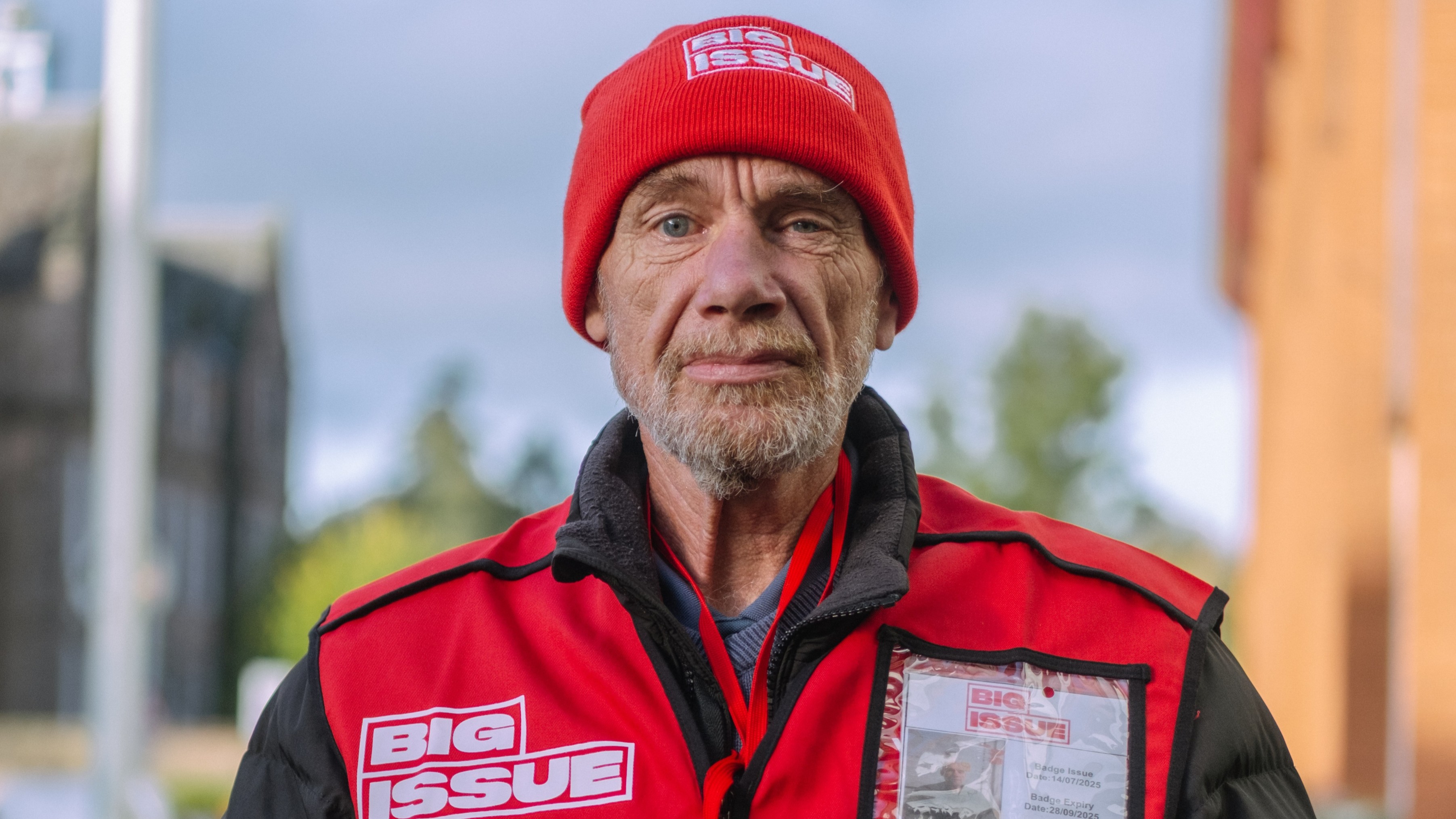In the 1970s, UK house prices were around four times the average income. This figure has risen to between eight and nine times the average income today. Meanwhile, rents have surged. Though often framed as a supply issue, the housing crisis is fundamentally about affordability.
Community-led housing (CLH) is gaining momentum as a response to this crisis, offering a participatory approach driven by local needs. An increasingly successful model of CLH is the Community Land Trust (CLT), a democratic organisation that owns land or assets for the benefit of the local community. CLTs ensure long-term affordability by linking rents and prices to local incomes, while their legal structure shields housing assets from market fluctuations and private sector exploitation.

Urban CLTs are gaining attention, with pioneering examples such as RUSS (Rural Urban Synthesis Society) creating standout examples of CLH. Other CLTs have followed suit, for instance at Studio Bark we worked with Forest CLT in Walthamstow on the feasibility of an urban infill site.
However, it’s not just urban areas that can benefit from the CLT model. Rural areas also have an urgent need for it, and CLTs in the countryside can benefit from specific planning policy relating to ‘rural exception sites’. While development in the countryside is often resisted by the planning system, ‘rural exception sites’ provide a route to planning approval for affordable housing schemes.
While the journey towards rural community-led housing isn’t without challenges, with the right support, it could significantly impact affordable housing in areas that need it most. The Right to Build Taskforce has prepared advice and support for local authorities and the UK could also learn from other countries such as Austria, where this model has gained better traction.
At Studio Bark our conversations with rural CLT groups have revealed several common hurdles that, if addressed, could unlock the potential for affordable housing in overlooked rural areas.






